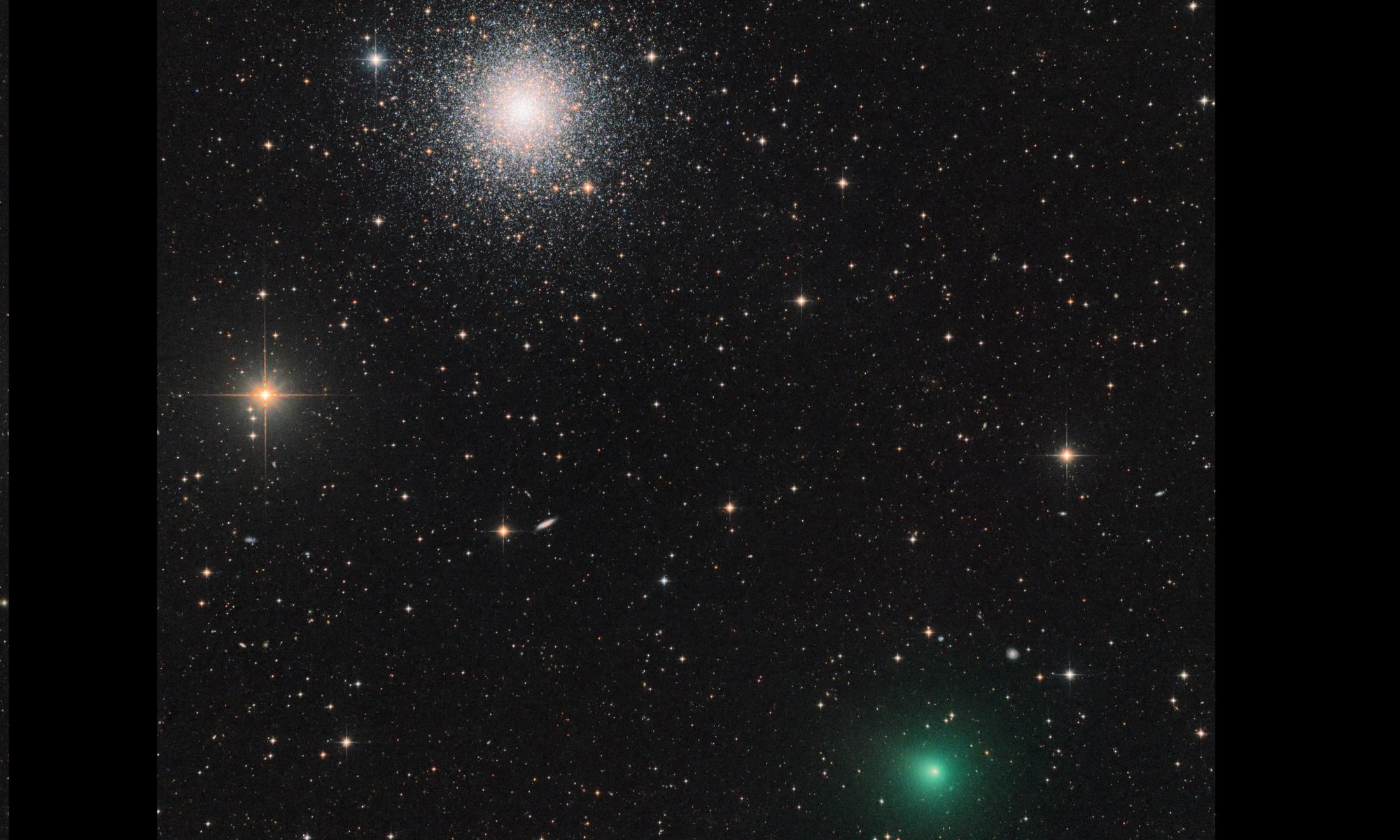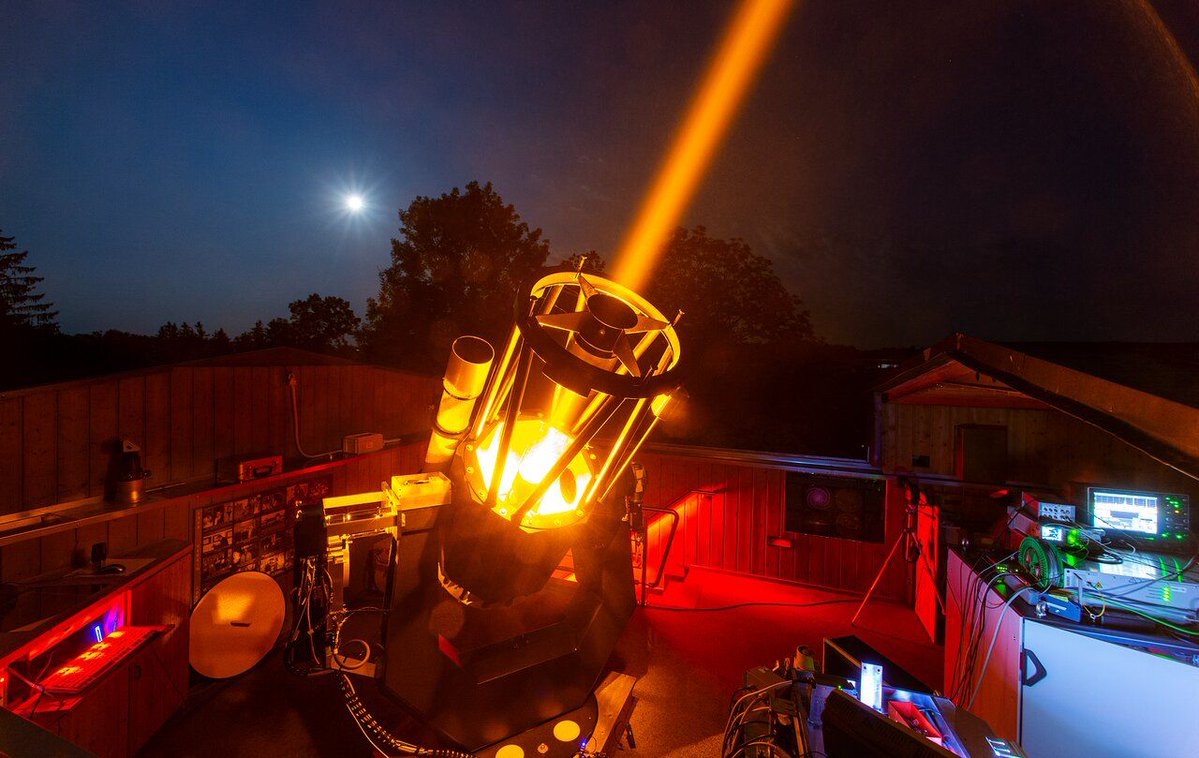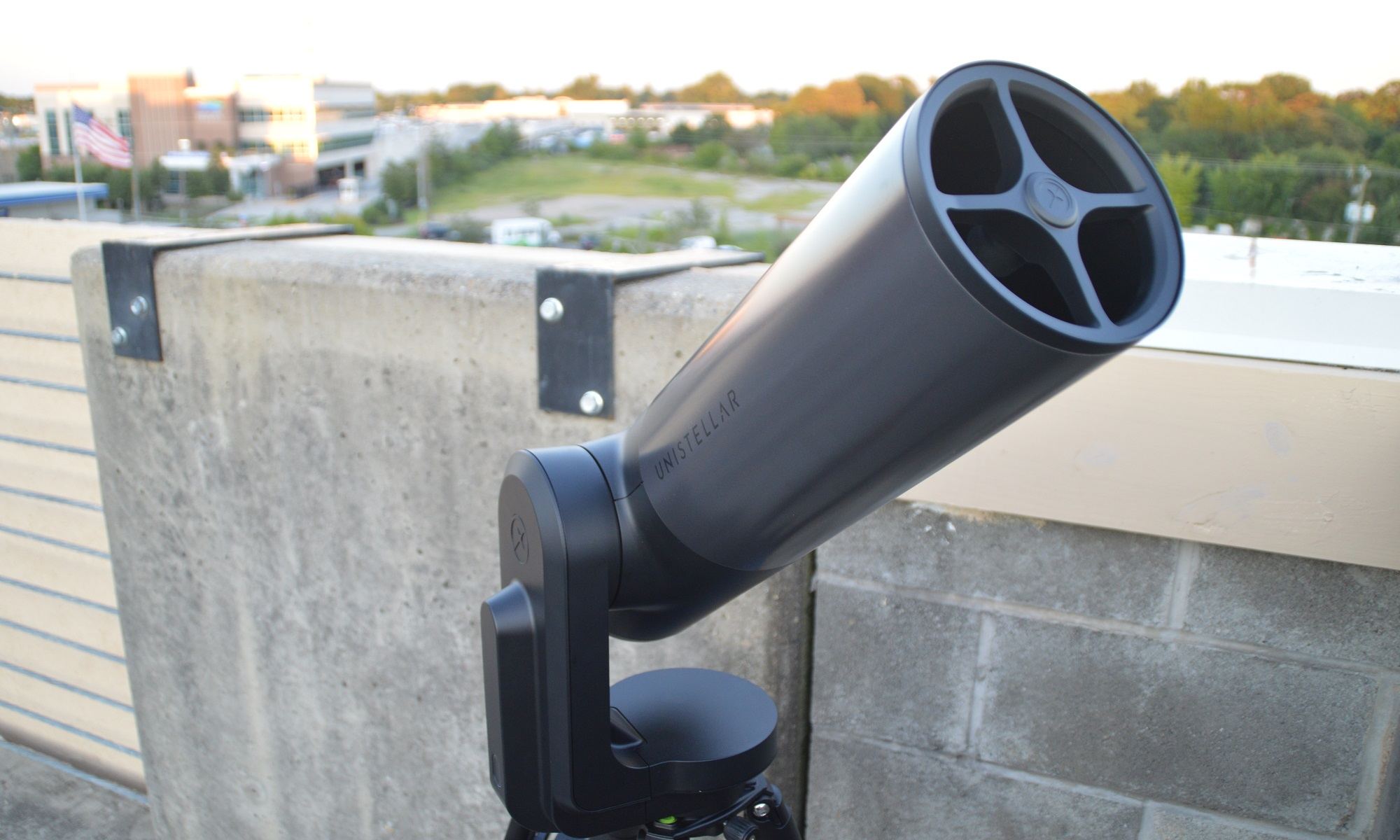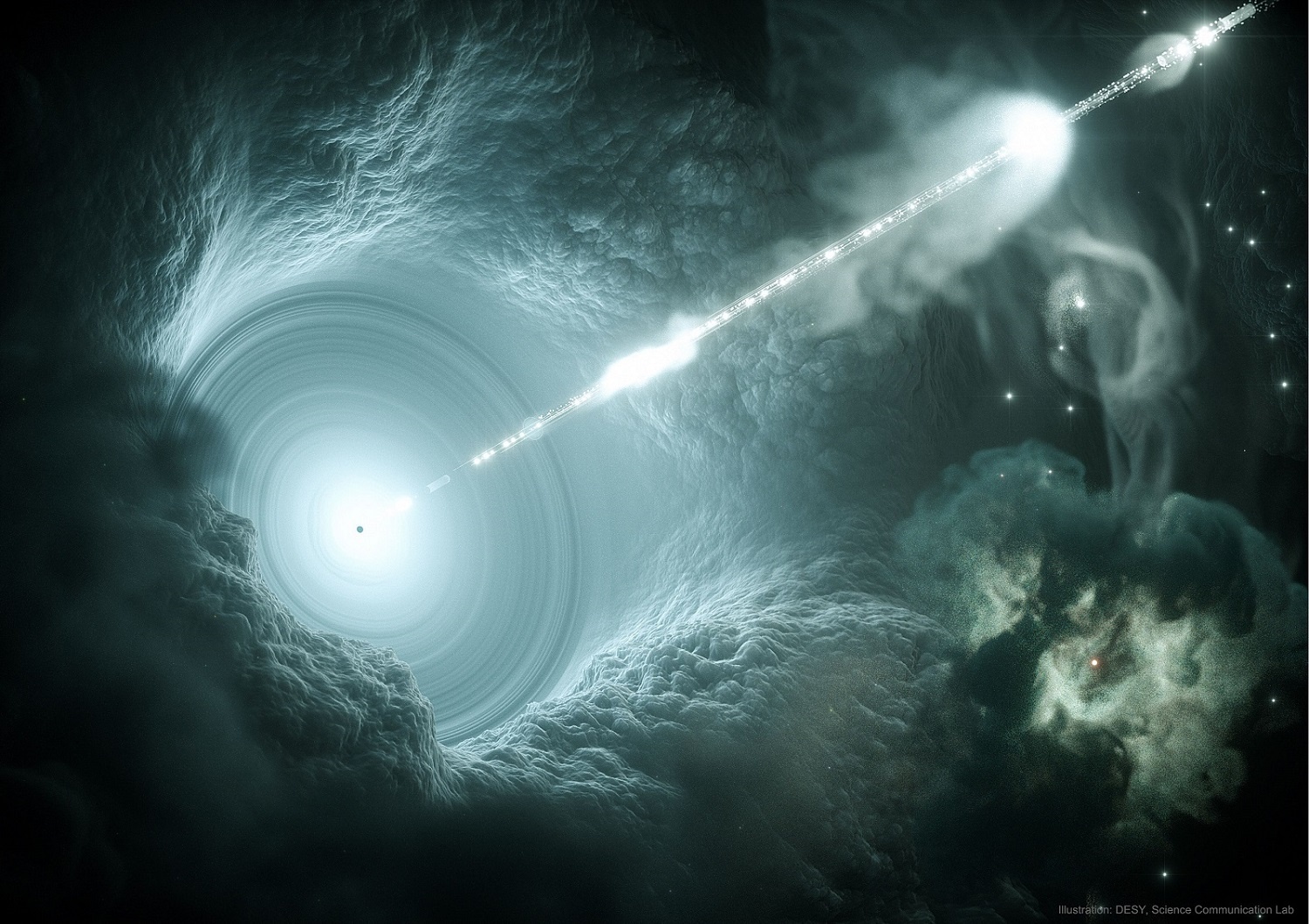Rocket science is hard. So far, no commercial rocket launch company has ever successfully gotten to orbit on the first try. The first flight of Firefly‘s Alpha rocket prototype did not break that streak last week when it exploded two and a half minutes after takeoff from Vandenberg Space Force Base.
Continue reading “Space Continues to be Hard. Firefly’s Alpha Rocket Detonates Shortly After Launch”A Flurry of Fall Binocular Comets
Fall 2021 offers up an all-night parade of challenging telescopic comets.
Ready for the next big one? If you’re like us, the surprise appearance of Comet F3 NEOWISE last summer was a great teaser of what could be. To be sure, we’re still long overdue for the next great naked eye comet, but there’s always a steady stream of fainter fuzzies out there for owners of large light buckets to hunt down. Fall of 2021 sees half a dozen comets knocking on binocular visibility around +10th magnitude, from dusk ‘til dawn. So without further fanfare, here are the best cometary targets for September into October 2021:
Continue reading “A Flurry of Fall Binocular Comets”Ocean Worlds With Hydrogen-Rich Atmospheres Could be the Perfect Spots for Life

The search for planets beyond our Solar System (extrasolar planets) has grown by leaps and bounds in the past decade. A total of 4,514 exoplanets have been confirmed in 3,346 planetary systems, with another 7,721 candidates awaiting confirmation. At present, astrobiologists are largely focused on the “low hanging fruit” approach of looking for exoplanets that are similar in size, mass, and atmospheric composition to Earth (aka. “Earth-like.”)
However, astrobiologists are also interested in finding examples of “exotic life,” the kind that emerged under conditions that are not “Earth-like.” For example, a team of astronomers from the University of Cambridge recently conducted a study that showed how life could emerge on ocean-covered planets with hydrogen-rich atmospheres (aka. “Hycean” planets). These findings could have significant implications for exoplanet studies and the field of astrobiology.
Continue reading “Ocean Worlds With Hydrogen-Rich Atmospheres Could be the Perfect Spots for Life”A Powerful new Laser Will Enhance Adaptive Optics
In some applications, bigger lasers mean better lasers. That is the case in astronomy, where lasers are used for everything from telescope calibration to satellite communication. The European Southern Observatory (ESO) and some of its commercial partners have developed a laser 3 times more powerful than the existing industry standard. With that increased power level, the new system has the potential to dramatically improve the way telescopes deal with one of the most fundamental problems in ground-based astronomy – atmospheric turbulence.
Continue reading “A Powerful new Laser Will Enhance Adaptive Optics”Review: Unistellar’s New eQuinox Telescope
A leader in the ‘smartscope’ industry releases its exciting new eQuinox telescope.
It’s every amateur astronomer’s dilemma. If you’re like me, the basic equation of ‘should I observe tonight?’ is always up against the same basic equation: is the time and effort worth it? Living under bright downtown urban skies, my options are to either head to the parking garage rooftop (and be restricted to bright targets), or load up, drive for several hours, setup at a remote dark sky site, observe, then repeat the reverse process and head home in the early AM hours…
Continue reading “Review: Unistellar’s New eQuinox Telescope”A Human Mission to Mars Should Last a Maximum of 4 Years
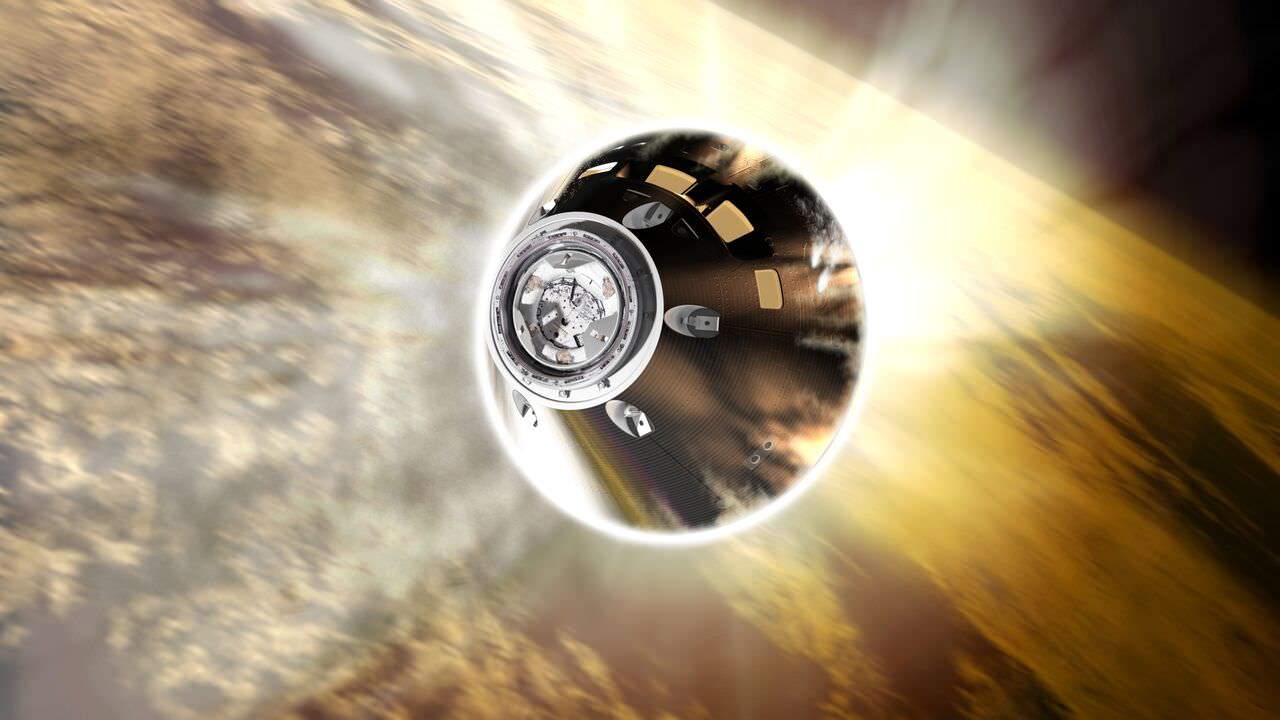
At one time, the idea of sending humans to Mars either seemed like a distant prospect or something out of science fiction. But with multiple space agencies and even commercial space companies planning to mount missions in the coming decade, the day when humans will go to Mars is fast approaching the point of realization. Before this can happen, several issues need to be resolved first, including a myriad of technical and human factors.
In any discussion about crewed missions to Mars, there are recurring questions about whether or not we can mitigate the threat of radiation. In a new study, an international team of space scientists addressed the question of whether particle radiation would be too great a threat and if radiation could be mitigating through careful timing. In the end, they found that a mission to Mars is doable but that it could not exceed a duration of four years.
Continue reading “A Human Mission to Mars Should Last a Maximum of 4 Years”After Its Last Rock Sample Crumbled Into Powder, Perseverance is Going to try Again
In the last two decades, we have all grown accustomed to rovers exploring Mars. At least one rover has been active on the planet every day since January 4, 2004, when NASA’s Spirit rover landed in Gusev crater. Opportunity (2004) and Curiosity (2012) followed, each making unique journeys of discovery of their own. Perseverance (2021) is the latest and greatest of these robotic explorers, boasting a state-of-the-art in-situ resource utilization experiment to extract oxygen from the atmosphere, an accompanying helicopter to scout the path ahead, and a suite of unparalleled geology instruments. But what really sets Perseverance’s mission apart is that, for the first time, it is collecting samples of Martian rock to bring back to Earth.
Continue reading “After Its Last Rock Sample Crumbled Into Powder, Perseverance is Going to try Again”Astronomers Locate the Source of High-Energy Cosmic Rays

Roughly a century ago, scientists began to realize that some of the radiation we detect in Earth’s atmosphere is not local in origin. This eventually gave rise to the discovery of cosmic rays, high-energy protons and atomic nuclei that have been stripped of their electrons and accelerated to relativistic speeds (close to the speed of light). However, there are still several mysteries surrounding this strange (and potentially lethal) phenomenon.
This includes questions about their origins and how the main component of cosmic rays (protons) are accelerated to such high velocity. Thanks to new research led by the University of Nagoya, scientists have quantified the amount of cosmic rays produced in a supernova remnant for the first time. This research has helped resolve a 100-year mystery and is a major step towards determining precisely where cosmic rays come from.
Continue reading “Astronomers Locate the Source of High-Energy Cosmic Rays”Saturn’s ‘Fuzzy Core’ Seen In Ring Ripples
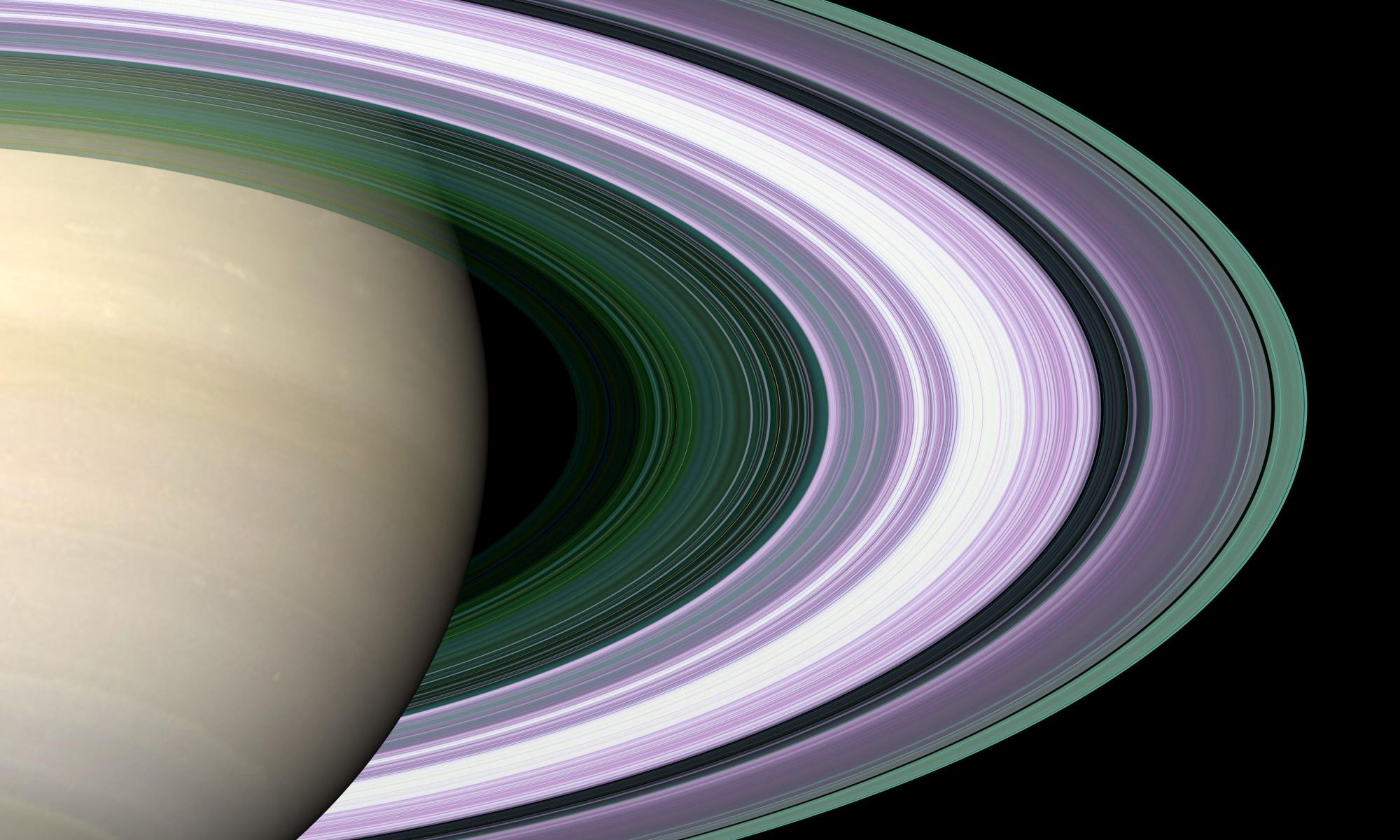
Seismic waves in Saturn’s rings reveal the strange ‘fuzzy core’ interior of the planet within.
NASA’s Cassini spacecraft continues to uncover amazing facts about the ringed planet Saturn. A recent study in the August edition of Nature: Astronomy highlighted an intriguing method to indirectly probe the interior of the planet.
Continue reading “Saturn’s ‘Fuzzy Core’ Seen In Ring Ripples”This is How a Supermassive Black Hole Feeds
At the heart of most massive galaxies in our Universe, there are supermassive black holes (SMBH) on the order of millions to billions of times the mass of the Sun. As these behemoths consume gas and dust that’s slowly fed into their maws, they release tremendous amounts of energy. This leads to what is known as an Active Galactic Nucleus (AGN) – aka. a quasar – which can sometimes send hypervelocity jets of material for light-years.
Since they were first discovered, astrophysicists have suspected that SMBHs play an important role in the formation and evolution of galaxies. However, as a result, there has also been considerable research dedicated to how these massive objects form and evolve themselves. Recently, a team of astrophysicists conducted a high-powered simulation that showed exactly how SMBHs feed and determined that a galaxy’s arms play a vital role.
Continue reading “This is How a Supermassive Black Hole Feeds”

